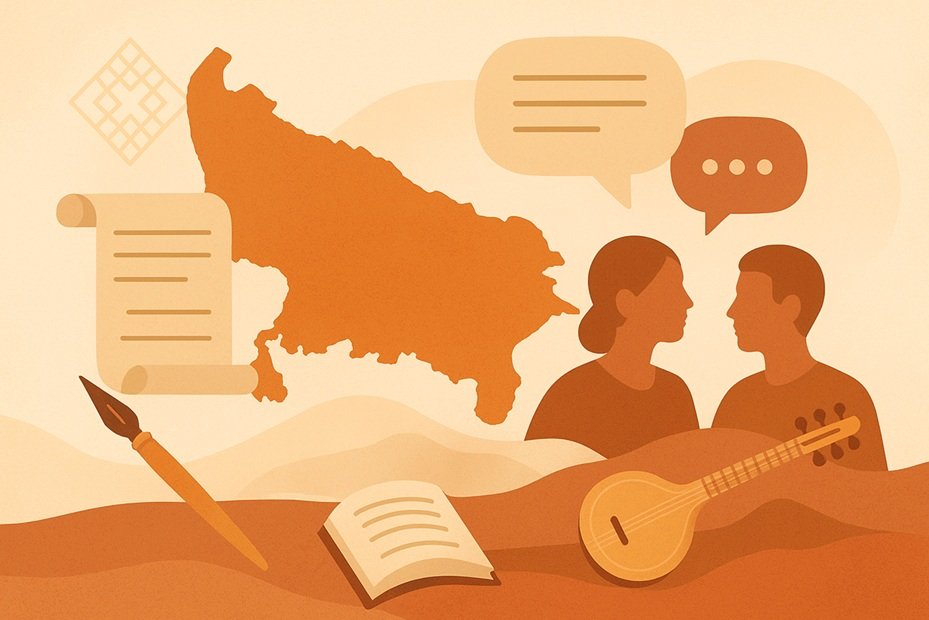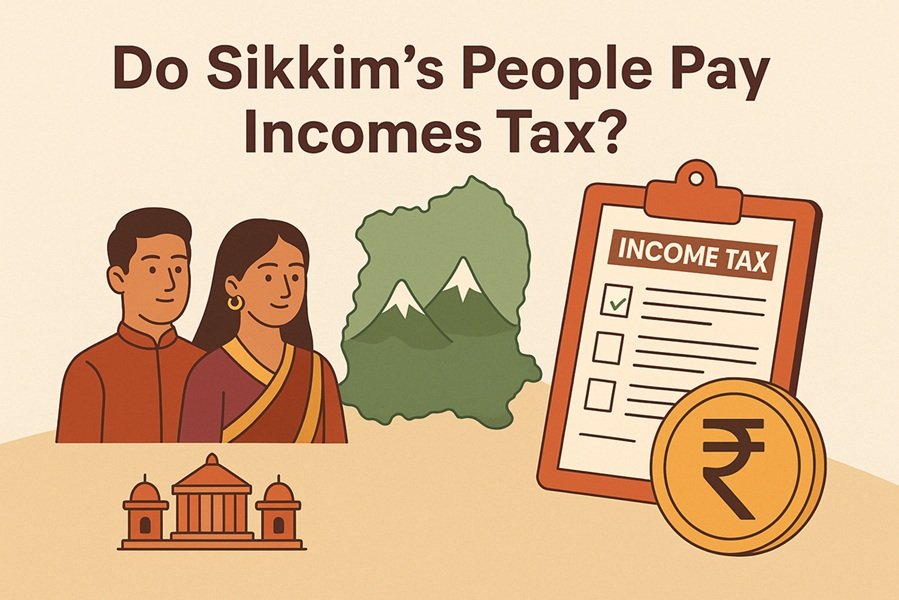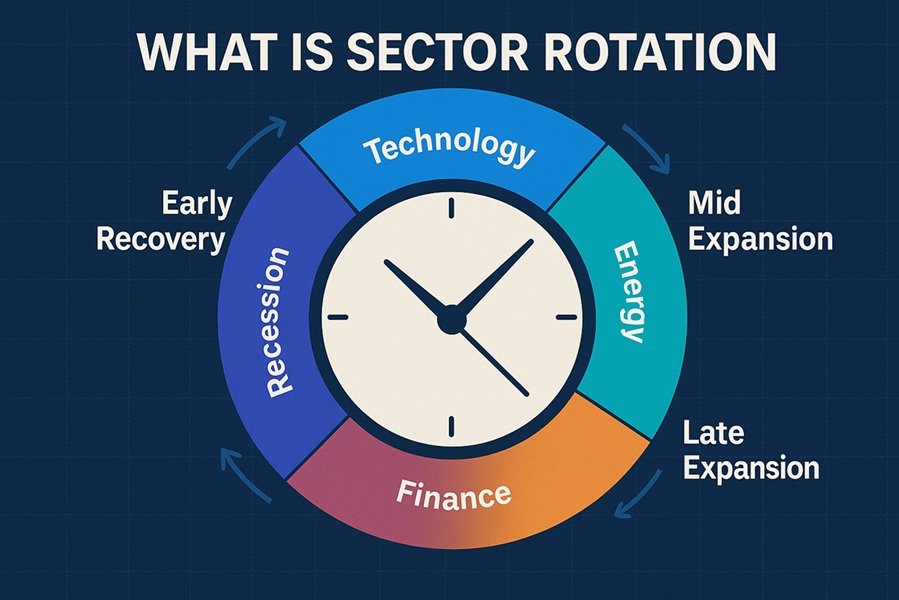
Introduction: A Sweet Loved Across the Subcontinent
Jalebi is one of the most iconic sweets of South Asia, instantly recognizable by its bright orange hue, syrup-soaked spirals, and irresistible aroma. From street vendors to wedding feasts, Jalebi has become a staple in Indian, Pakistani, and Bangladeshi cuisine. But have you ever wondered—where was Jalebi invented? Was it born in India, or did it travel from elsewhere?
The answer lies in a journey across cultures, continents, and centuries. Let’s explore the origins of Jalebi, trace its historical roots, and understand how this delectable dessert evolved into a symbol of celebration and indulgence.
The Ancient Origins: Middle Eastern Birth of Jalebi
Contrary to popular belief, Jalebi was not originally invented in India. Historical records and food historians trace its earliest version to the Persia – Middle East, where it was known as “Zalabiya” or “Zalabiyeh”.
Zalabiya – The Original Sweet
- Zalabiya was a type of deep-fried dough soaked in sugar or honey syrup.
- It dates back to at least the 10th century, with references found in Arabic cookbooks like the “Kitab al-Tabikh” (The Book of Dishes) written by Ibn Sayyar al-Warraq.
- It was made with fermented batter, shaped into small drops or spirals, deep-fried, and then immersed in syrup—much like modern Jalebi.
This sweet was widely enjoyed during Ramadan and other festivities across the Arab world, Persia (Iran), and parts of the Eastern Mediterranean.
Arrival in India: From Zalabiya to Jalebi
The earliest known references to Jalebi in India come from medieval Sanskrit texts and Persian writings from the Delhi Sultanate and Mughal period.
Key Historical Sources:
- Gunyagunabodhini (a Sanskrit text from around the 15th century) refers to a sweet similar to Jalebi.
- The Persian text “Nimatnama-i-Nasiruddin-Shahi” (Book of Delights), written during the reign of the Malwa Sultanate (15th century), includes recipes resembling modern Jalebi.
- The word “Jalebi” itself is believed to have derived from the Arabic “Zalabiya” via Persian.
Cultural Adaptation in India
Once in India, the dessert was adapted to local tastes:
- Indian Jalebi was often made with maida (refined wheat flour) and curd-fermented batter.
- It was sweeter and crispier than its Middle Eastern counterpart.
- Over time, it became associated with festivals like Diwali, Dussehra, and Eid, and was also offered as prasad in temples.
Regional Variations: Jalebi Across South Asia
Jalebi has evolved into many regional variants:
1. India
- Found across all states—from Delhi to Gujarat, Punjab to Tamil Nadu.
- Often eaten with rabri or curd.
- Known as Imarti in some areas (though Imarti is technically a different sweet made from urad dal).
2. Pakistan
- Called Jalebi and commonly eaten for breakfast with puri and chai.
- Deep-fried in ghee for richer flavor.
3. Bangladesh
- Called Jilapi, popular during Ramadan for iftar.
4. Nepal
- Known as Jerry, and often served with Swari (fried bread).
Jalebi vs Imarti: Are They the Same?
Though often confused, Jalebi and Imarti are not the same:
| Feature | Jalebi | Imarti |
|---|---|---|
| Flour Base | Maida (refined wheat flour) | Urad dal (black gram lentils) |
| Texture | Crispy | Softer, denser |
| Shape | Tight spirals | Flower-like loops |
| Color | Bright orange | Darker orange or brown |
Jalebi in Pop Culture and Daily Life
- Bollywood movies often feature Jalebi in iconic food scenes.
- It is a common wedding sweet, especially in northern India.
- Jalebi is also symbolic in many idioms and expressions in Hindi, such as:
- “Seedhi baat mujhe jalebi kyun bana rahe ho?” (Why are you twisting a straight issue like a Jalebi?)
Was Jalebi Invented in India? Final Verdict
No, Jalebi was not originally invented in India—it was born as Zalabiya in the Middle East over a thousand years ago. However, India gave Jalebi its own cultural identity, transforming it into the syrupy, golden treat beloved by millions today. Through trade routes and dynasties, Jalebi traveled, evolved, and flourished.
Just like its spiral shape, the history of Jalebi is complex, layered, and sweet.
Conclusion: Jalebi as a Global Heritage Sweet
Jalebi’s journey from medieval Arab kitchens to Indian sweet shops is a fascinating example of how food transcends borders. Today, Jalebi is more than just a dessert—it’s a cultural icon, a festive must-have, and a testament to the shared culinary heritage between the Middle East and South Asia.
Whether you enjoy it crispy or soft, with rabri or alone, Jalebi is a timeless reminder of the delicious twists in history.
Explore:







